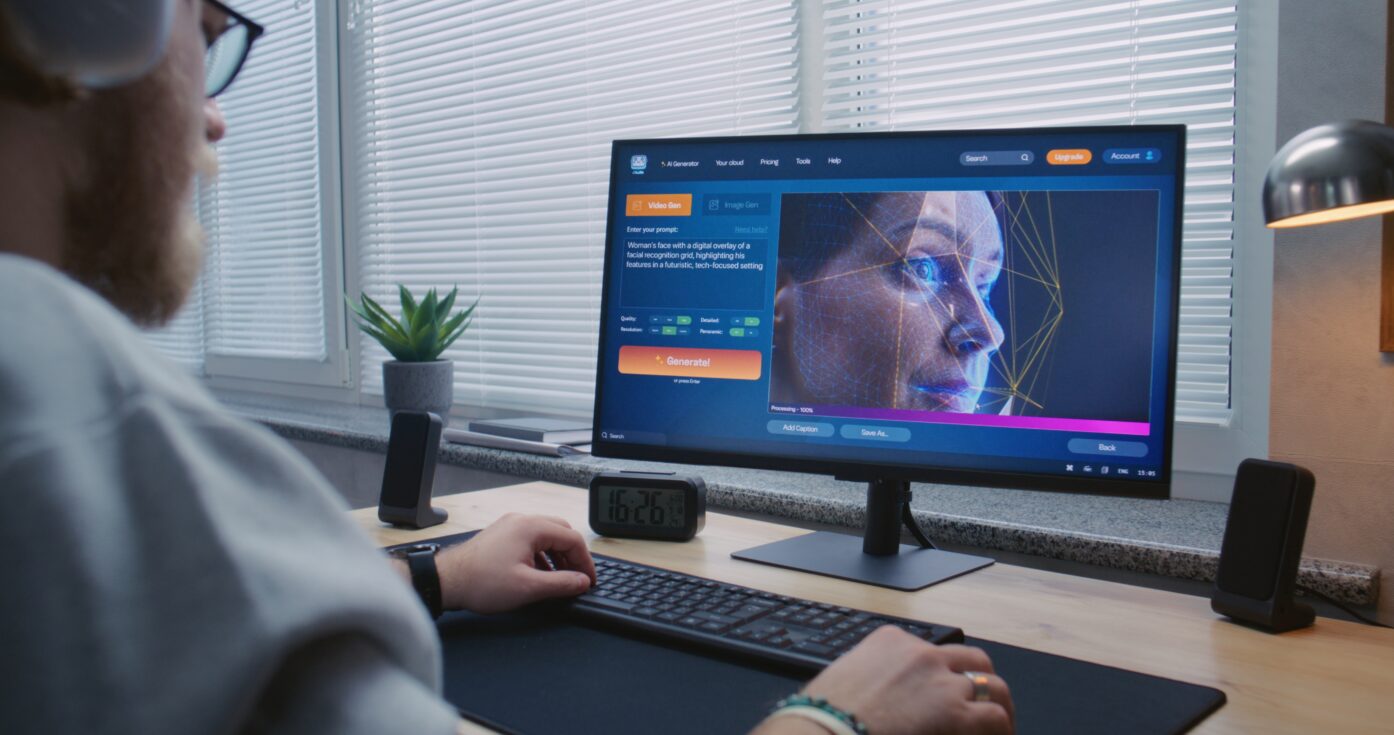
A photo of your children turned into cartoon characters, or your beloved dog transformed into a painting – created in seconds, with just one click? Sounds ideal, doesn’t it? Thanks to AI, you can now easily generate a Blond Amsterdam-style drawing, a Ghibli-style portrait, or a personalised illustration. But what many people don’t realise is that these seemingly ‘harmless’ interactions with AI tools are far less innocent than they appear.
AI art generators may seem free, but the real price you pay is often with your personal data. When you upload a photo, you’re essentially handing over your biometric data – your face. These details can be stored, reused to further train AI models, or even sold to third parties. Unless you explicitly change the settings – and who really reads the fine print? – you’re giving away far more than you realise.
As OpenAI states in its privacy policy, both the information you actively provide (such as photos, name, and email) and automatically collected data (such as device and usage information) are stored. That Ghibli-style portrait of your family? It could easily end up as part of a training dataset for future AI systems – without your explicit consent.
What happens to your photo once you’ve uploaded it? In the worst-case scenario, it doesn’t end up in the bin, but in datasets that are shared, leaked, or sold globally. These images can then be misused for deepfakes, identity theft, or fake content. In one shocking case, private medical images of a woman from 2013 were found in the LAION-5B dataset – a collection of images used by AI systems like Stable Diffusion and Google Images. We’re living in a time when even a realistic-looking fake receipt, created by an AI generator, can be used to deceive people and businesses. If you can’t even trust a receipt anymore, what about your face?
Another dark side of AI-generated art lies in the legal grey area of copyright. The styles of iconic studios such as Disney, Pixar, or Studio Ghibli are protected. If you use AI to generate artwork in one of these styles, you might – even unknowingly – be infringing on copyright. What begins as an innocent tribute to your favourite animation studio can end in a legal minefield.
In 2022, three artists took several AI companies to court, because their original artworks had been used without permission to train AI models. Creativity here clashes with legal reality – and the user may unknowingly find themselves caught in the middle.
AI may sound futuristic, but it demands huge amounts of energy and water. Training a large AI model emits as much CO₂ as five cars over their entire lifetime. Moreover, cooling the data centres that power AI systems requires as much water as a small town. Even each simple question you ask an AI is equivalent to leaving the lights on for five minutes and wasting a glass of water.
AI certainly has potential – in education, healthcare, business, and creativity. But placing blind trust in this technology is naïve. Ask yourself: Do I really want my face to become part of a dataset? Do I want my artwork to cause copyright issues? Does my simple AI request really need to have an environmental impact?
Make informed choices. Read the privacy policies. Check what rights you’re giving away. And use AI in a way that’s not just beneficial to you, but also ethical and responsible for society.